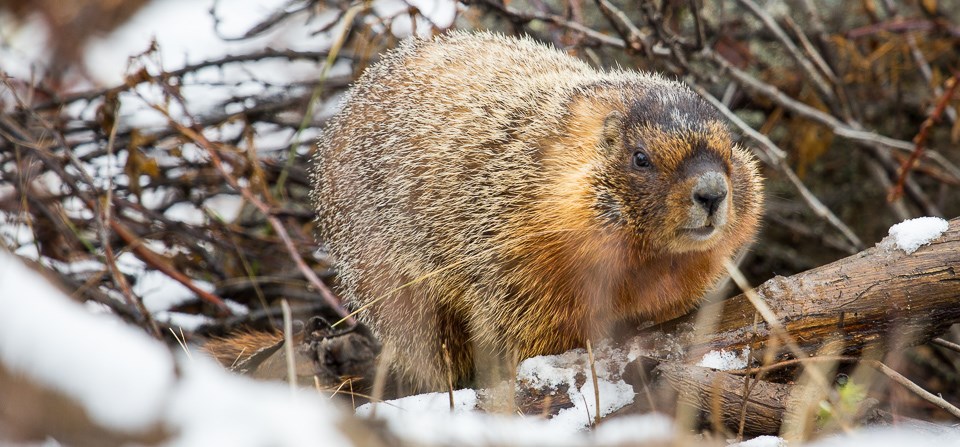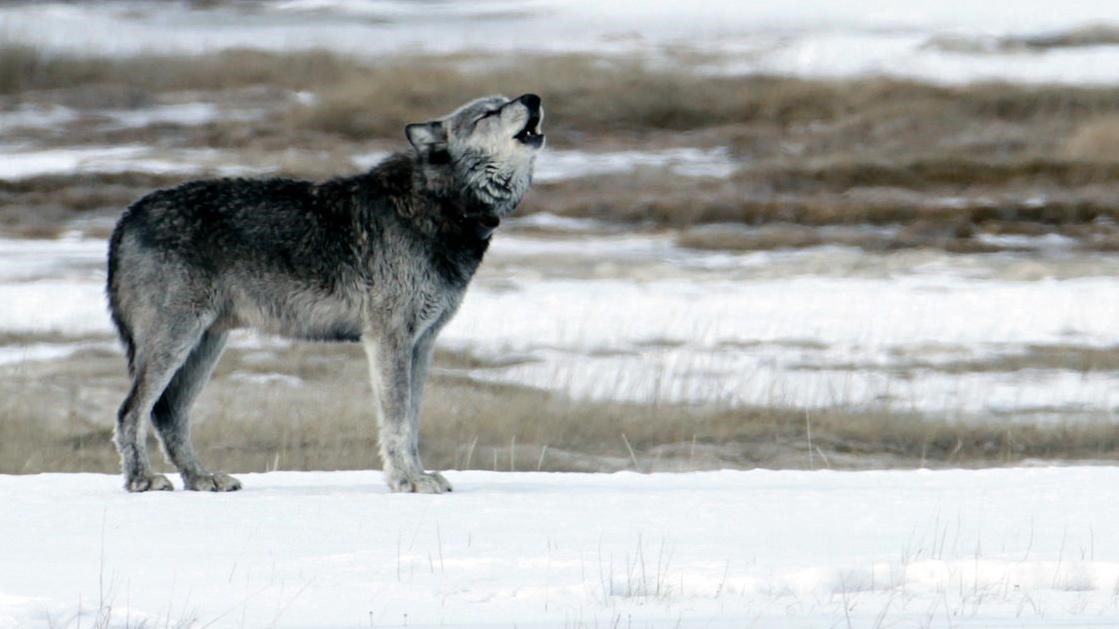
NPS/Neal Herbert 
Scientific NameMarmota flaviventris Identification
Habitat
Behavior

Mammals
Home to the largest concentration of mammals in the lower 48 states. |
Last updated: October 22, 2020

NPS/Neal Herbert 
Scientific NameMarmota flaviventris Identification
Habitat
Behavior

Mammals
Home to the largest concentration of mammals in the lower 48 states. |
Last updated: October 22, 2020